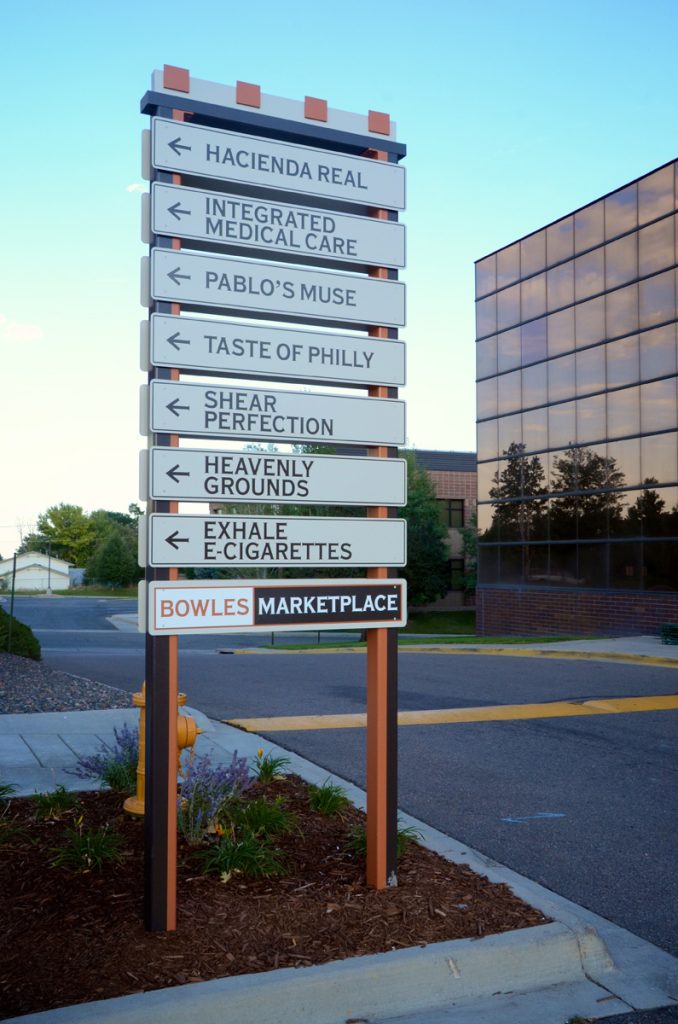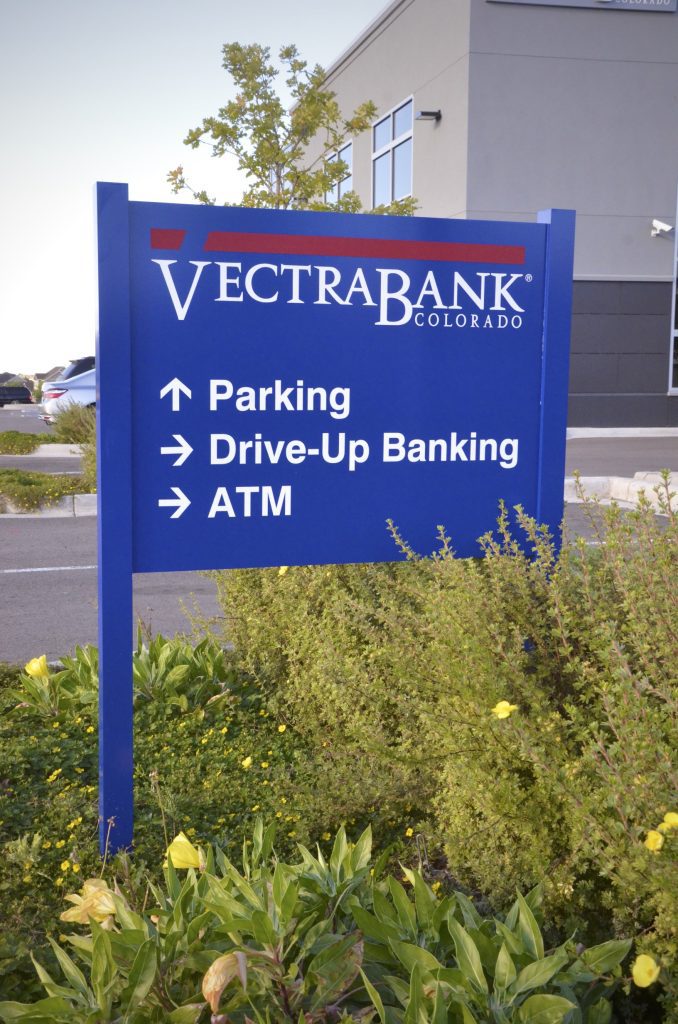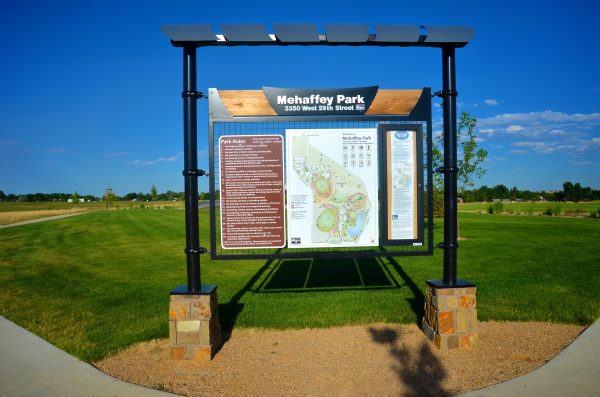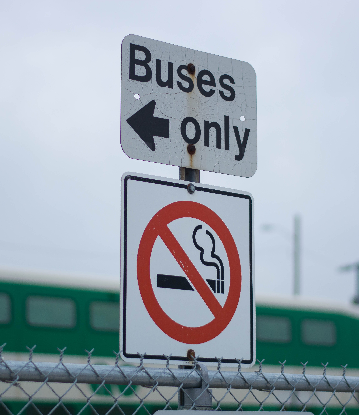Wayfinding with Ease: The Power of Directional Signs
Finding your way in an unfamiliar environment can be a frustrating and time-consuming experience, especially without directional signs to help. Whether you're on foot or driving, the inability to locate your destination can lead to wasted time, fuel, and even a negative impression of the city, business, or campus you're trying to visit. A dissatisfied customer or visitor is not the ideal introduction to your business or institution.
This is where directional signs come to the rescue. Effective directional signs can transform the visitor experience, ensuring they find their way quickly and easily. Whether you're a business owner or the head of a school, implementing these signs is the key to keeping visitors on the right path.
Understanding Directional Signs
They are strategically designed to assist pedestrians and motorists in navigating a specific environment. The implementation of these signs involves various factors, including lighting, color, landscape, space layout, and architectural considerations.

Types of Directional Signs
1. Directional Signs: These signs are dedicated to guiding you in the right direction. They can be placed externally, such as along roads or at intersections, as well as at the entrance to a building or within key points of a building to inform visitors where to go. For example, a sign within an office building with multiple businesses is indispensable.

2.Identification Signs: Identification signs signify when you've reached your destination. They may display the name of a building, room numbers in a school or office, or indicate the entrance to a state park.

3. Informational Signs: Informational signs provide pertinent details to customers about your business or location. They convey information like hours of operation, historical facts, maps, and special offers, and can also serve as warnings or guides to access additional information.

4. Regulatory Signs: Regulatory signs inform people about what is and isn't allowed in your place of business. They should be visible to everyone to ensure there's no confusion about the rules you've established, such as policies on smoking, pet regulations, or parking rules. Regulatory signs should convey their message clearly and concisely.

Effective Directional and Wayfinding Signs
How do you ensure the effectiveness of your signs? When creating a wayfinding system, consider it from the perspective of your customer's first visit to your establishment. Put yourself in their shoes as you navigate your building. Here are key factors to ensure that directional signs effectively guide people:
Visibility: They must be easy to read. Avoid fancy text or fonts. Pedestrians and motorists should be able to read the signs from a distance. Pay attention to spacing and text size to ensure readability.
Location: Place wayfinding signs where they'll be most visible to the majority of visitors. In large spaces like college campuses, neighborhoods, parks, or megachurches, signage at major intersections and entrances is essential. Don't overlook signs for staircases and exits—places where visitors decide on their direction of travel.
Proper Use of Arrows: They should effectively point people in the right direction. Arrows are commonly used for this purpose. If visitors need to find a lecture hall after a bend, ensure the arrow accurately indicates the turn direction.
Use of Braille and Tactile Letters: For individuals with visual impairments, signs containing braille or tactile letters are crucial for navigation. Wall-mounted wayfinding signs should be within reach so that people can read them by touch.
Proper Finish: The text and background of your wayfinding signs should have a non-glare finish to ensure they don't reflect light. This makes signs easier to read, especially for those with visual impairments. Non-glare finishes like eggshell or matte are common for interior wayfinding, while exterior signs may require a high-intensity prismatic reflective finish for nighttime navigation.
Uniformity: These signs should have shapes and colors that complement the environment where they're installed. Uniformity in these signs minimizes confusion and helps visitors associate the sign with their intended destination. Consistency across all signs is crucial to avoid confusion and ensure ease of navigation.
Applications of Directional Signs
These signs have a wide range of applications, including but not limited to:
- Business Parks
- Universities
- Schools
- Office Buildings
- Retail Outlets
- Hospitals
- Medical Buildings
- Theme Parks
- Department Stores
- Public Events
- National Parks
Conclusion
Investing in these signs is essential for ensuring efficient navigation, enhancing visitor experiences, and maintaining safety and functionality in your space. When you collaborate with Schlosser Signs, you gain access to expertise in design, materials, and manufacturing processes that can help you create signs tailored to your needs.
Unlock the potential of directional signs and elevate the wayfinding experience in your facility. Reach out to Schlosser Signs to explore the possibilities of custom signs that make navigation effortless and memorable for your visitors. Invest in precision, invest in custom signs, and guide the way to a more organized and welcoming space. Contact us today to discuss your sign needs.
 Schlosser
Schlosser 